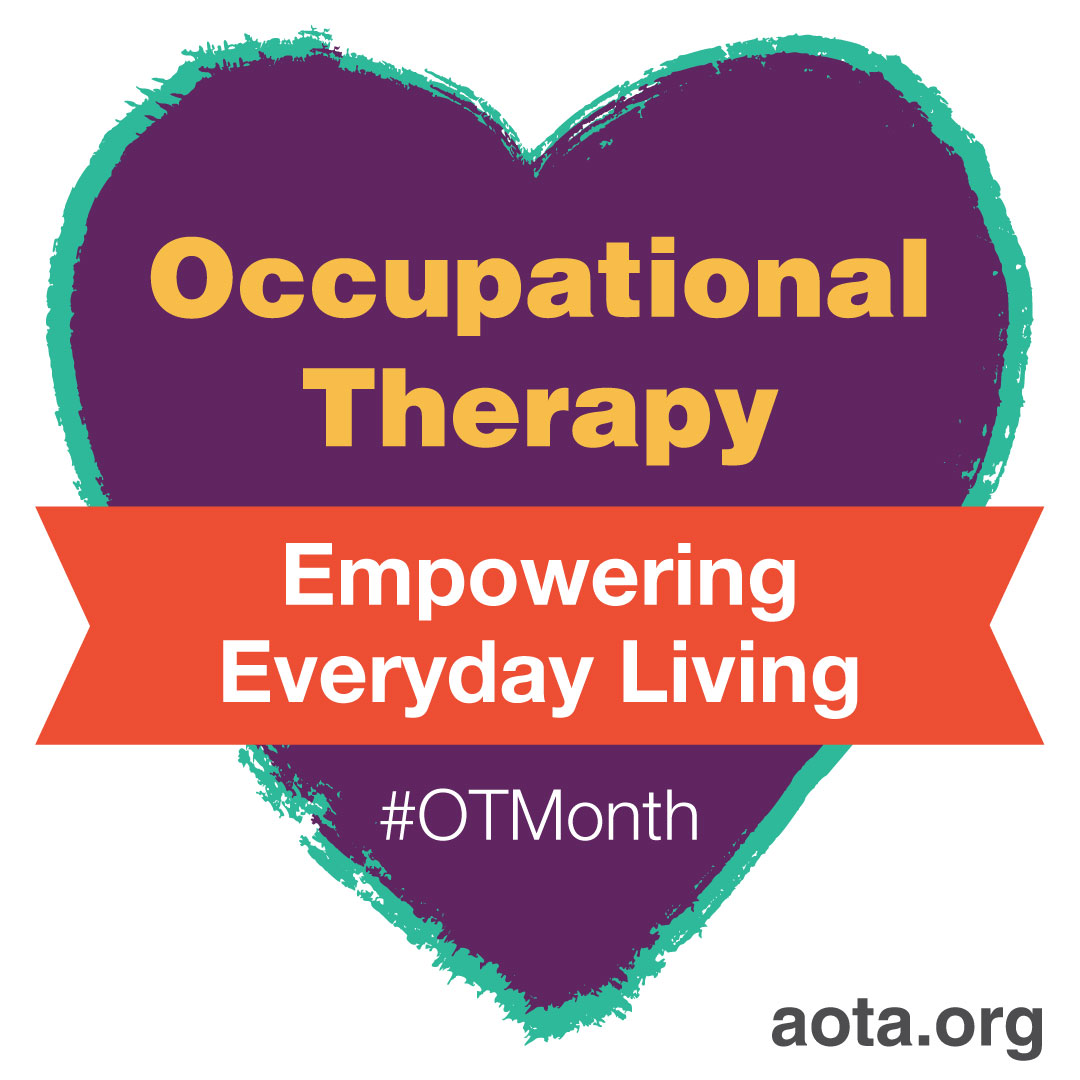Occupational therapists play a vital role in the rehabilitation and support of individuals worldwide. As April is Occupational Therapy Month, this article will delve into occupational therapy and its associated benefits.
What Is Occupational Therapy?
Occupational therapy is a science-driven, evidence-based profession that enables people of all ages to participate in daily living or live better with injury, illness, or disability. This is accomplished through designing strategies for everyday living and customizing environments to develop and maximize potential.
By taking the full picture into account—a person’s psychological, physical, emotional, and social make-up—occupational therapy assists people in:
- Achieving their goals
- Functioning at the highest possible level
- Concentrating on what matters most to them
- Maintaining or rebuilding their independence
- Participating in the everyday activities that they need to do or that simply make life worth living
Occupational therapists and occupational therapy assistants are experts in helping people perform the occupations they need and want to do every day.

What Is an Occupational Therapist?
Occupational therapists are licensed rehabilitation care professionals who work to restore or improve physical abilities, promote behavioral changes, adapt surroundings, and teach new skills; the goal is to have the individual achieve her or his best physical and/or mental functioning in daily life tasks. Occupational therapists provide these services on the referral or prescription of a physician, physician assistant, or nurse practitioner.


Primary Duties of an Occupational Therapist
- Review patients’ medical history, ask the patients questions, and observe them doing tasks
- Evaluate a patient’s condition and needs
- Develop a treatment plan for patients, identifying specific goals and the types of activities that will be used to help the patient work toward those goals
- Help people with various disabilities perform different tasks, such as teaching a stroke victim how to get dressed
- Demonstrate exercises—for example, stretching the joints for arthritis relief—that can help relieve pain in people with chronic conditions
- Evaluate a patient’s home or workplace and, on the basis of the patient’s health needs, identify potential improvements, such as labeling kitchen cabinets for an older person with poor memory
- Educate a patient’s family and employer about how to accommodate and care for the patient
- Recommend special equipment, such as wheelchairs and eating aids, and instruct patients on how to use that equipment
- Assess and record patients’ activities and progress for patient evaluations, for billing, and for reporting to physicians and other healthcare providers
Therapists who work with the elderly help their patients lead more independent and active lives. They assess patients’ abilities and environment and make recommendations to improve the patients’ everyday lives. For example, therapists may identify potential fall hazards in a patient’s home and recommend their removal.
Occupational Therapy at San Simeon
Through our partnership with Preferred Therapy Solutions, we provide our residents with the highest standards of occupational therapy services seven days a week. In addition, our patient-centered short-term rehabilitation services give our residents access to everything necessary to ease their reintegration into daily living.
